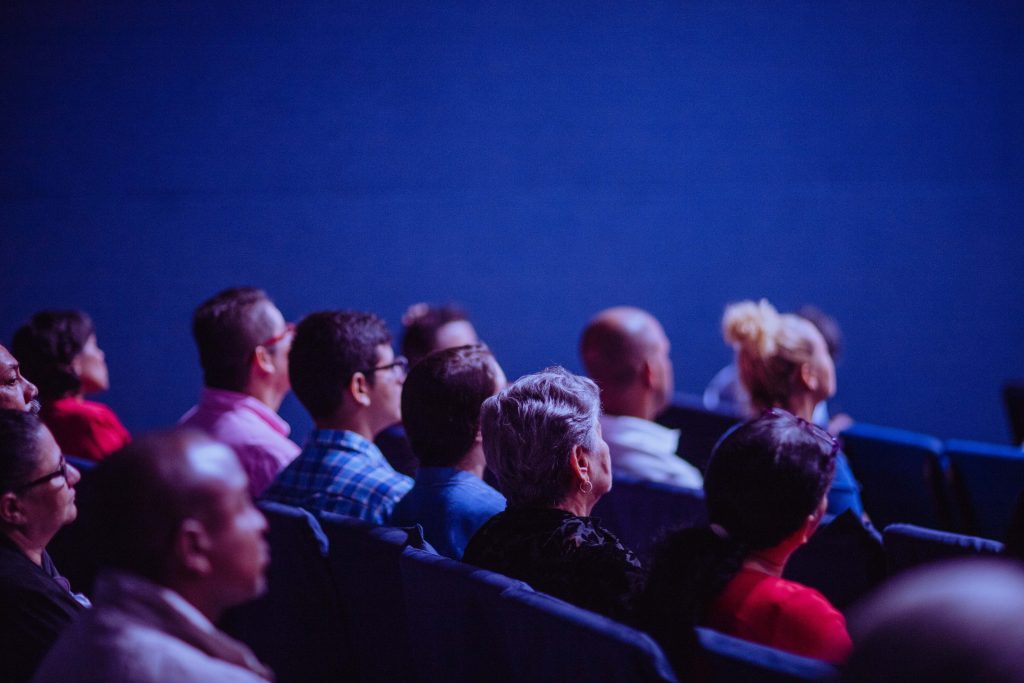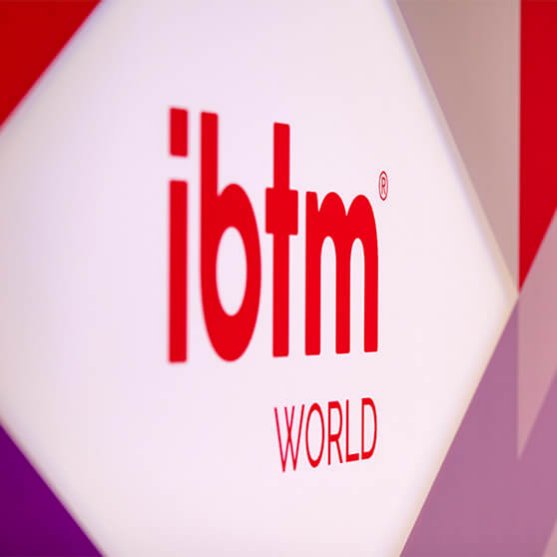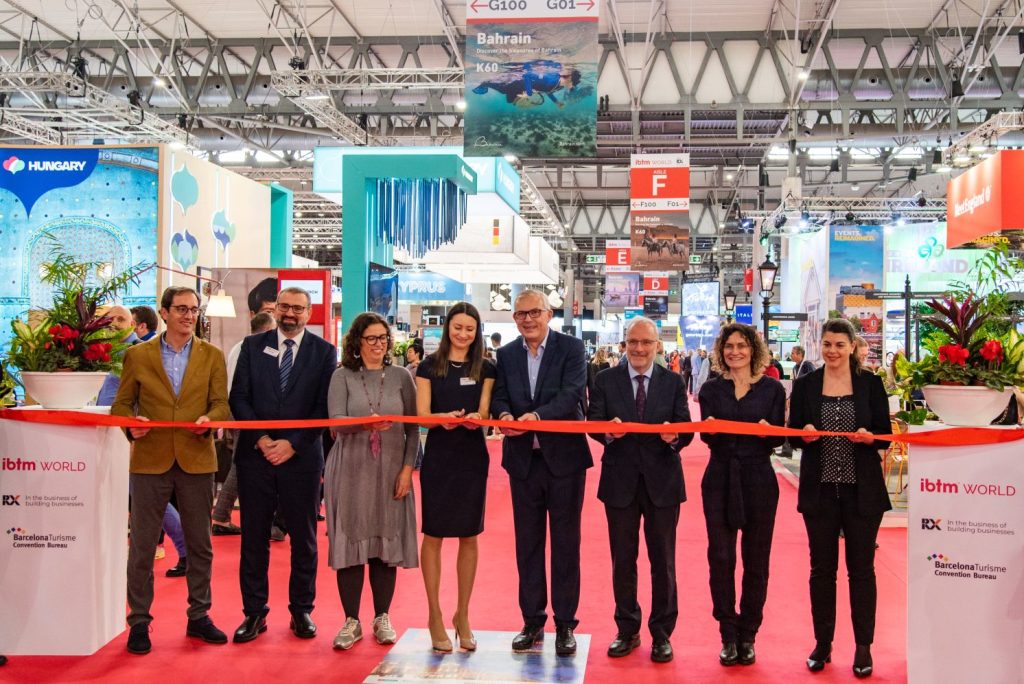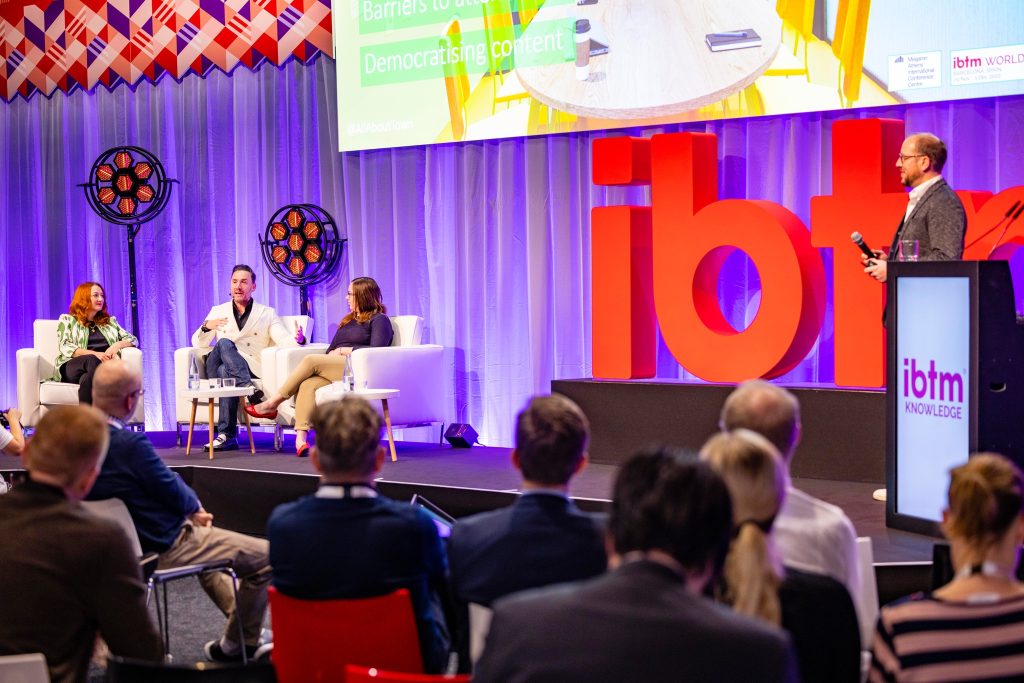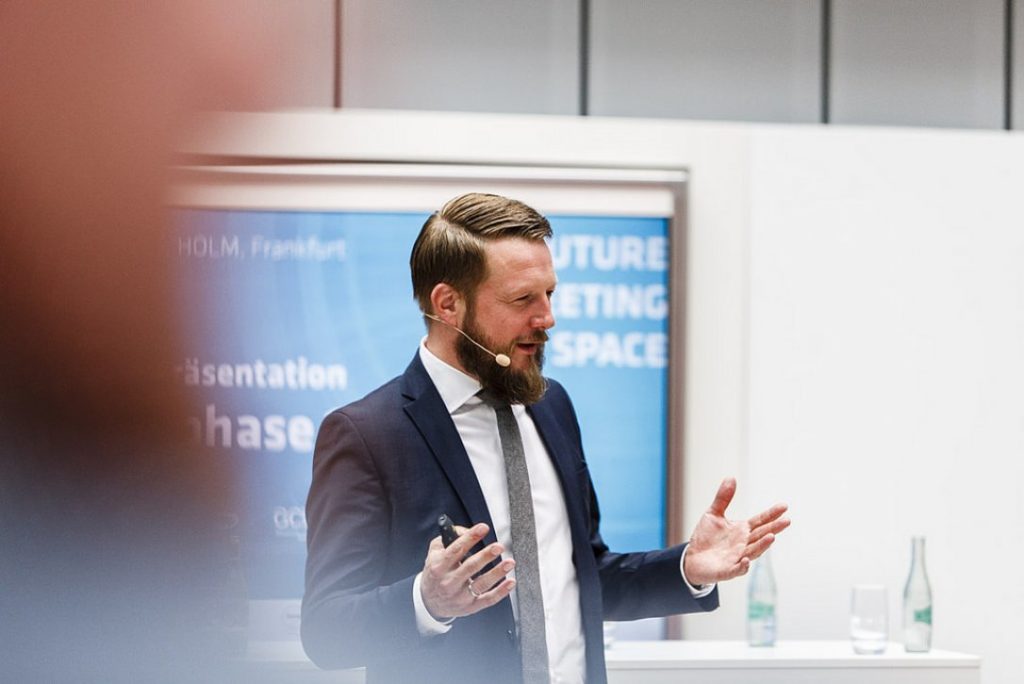
Share news
Listen
The research, funded by the Education Foundation of PCMA, provides insights into attendee types and success factors as well as recommendations for action. “How to create successful events?”, was the core question of this second phase. For that, the research identified nine megatrends (a megatrend lasts more than 10-20 years, and significantly affects your personal and professional life) such as feminization, mobility, or sustainability, although the two key trends are technology and globalization. Meetings tomorrow will connect people face to face and digitally and we should all be ready for that.
How to create successful events? The answer, in a nutshell: focus on knowledge transfer as well as surprising or disruptive elements that bring about a change, plus individually respond to the requirements of different attendee types.
Six attendee types and six success factors. Clustering socio-demographic facts and a range of indices, they created six attendee types, representing different degrees of tech-savviness, communication behaviors, and job responsibilities. Depending on the attendee type, age and gender also come into play.
The data was then used to identify six success factors for events.
What creates satisfaction? Satisfaction as the “meta” factor is largely influenced by the two factors: knowledge transfer and disruption. Attendees are happy if they learned something new that they can apply in their work and if events surprised them or triggered changes. Networking, interaction and digital technologies are other success factors.
Recommendations for actions: checklist for meeting and conference planners. Based on the attendee types and success factors, the study developed recommendations for action to successfully realize events, including for instance:
- dedicated support for more introvert or less tech-savvy attendees
- tips for creating events that strike a balance between time spent on organization and what is gained from them
- the use of new formats and technologies as well as visualization aids and interactive formats to foster knowledge transfeAnd it is not over yet: Matthias Schultze, GCB managing director, stresses: “As our analysis has proven, knowledge transfer is important for events. Building on that, the third ‘Future Meeting Space’ research phase will look at the primary role events play as trendsetters for business and science.”
We saw Matthias in PCMA’s 2019 conference
Why did you launch this project?
Pericles famously said “it is not our task to predict the future; it is our task to prepare for it” and that is what we are doing. We created a roadmap for the German Meeting industry in order to get it prepared for the future.
So it is an educational objective, more than a promotional one? But it has become a great promotional tool, hasn’t it?
Yes, it is because people see we take care of the future and are coming up with innovative ideas and concepts for their events, they see the providers are getting ready for the future, and this is great value for their events.
The project goes on? There will be new phases?
Yes, we always identify new phases. In the first phase, we focused a lot on architecture, how mobility will impact on the industry and on venue design. Phase 2 which we just completed focused on the attendee, their behaviors, learning habits and learning styles, and how to impact them. We are now defining the third phase.
Your project has defined metrics to be tracked in events, something much needed. Do you gather information on these metrics in various events so as to understand how various events fare?
Yes, we are working on various measurements. We do know data will be a key of the future. And we will be ready to share them with others.
What would be the key learning from this project? What should meeting professionals be more aware of?
Change is the new normal, and we have to be ready to change every day, that would be my key learning of these five years or research.



